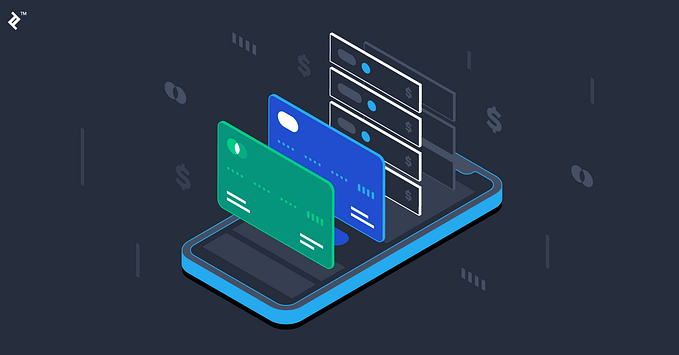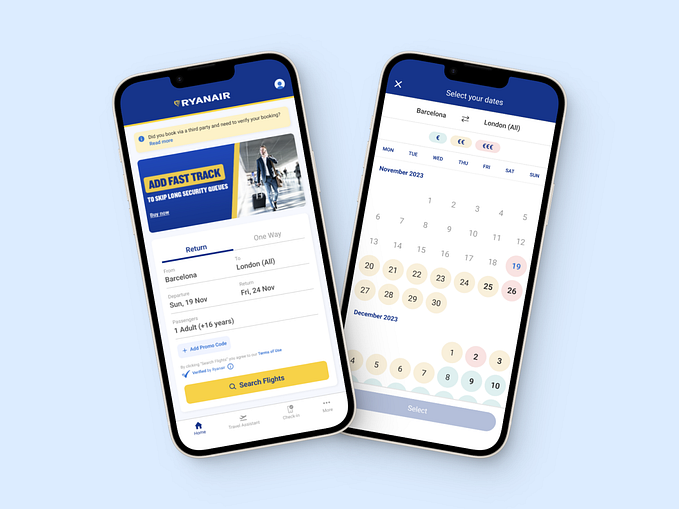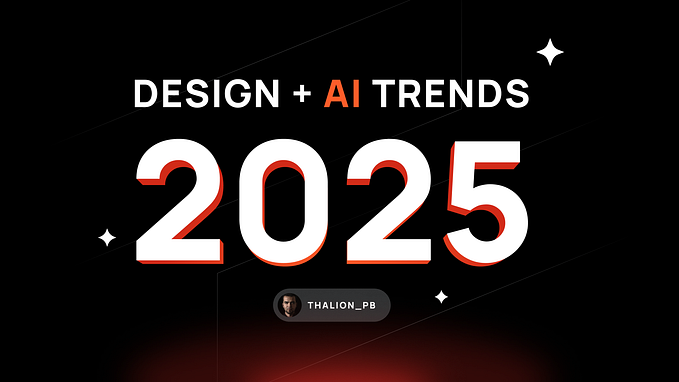Is User Experience (UX) taking over Customer Experience (CX)?
Prospective customers are becoming product users much earlier in the customer journey. As a result, teams and tools are overlapping more than ever.
Nowhere is this change more dramatic than in SaaS companies, where most of the customer experience used to take place outside of the product:
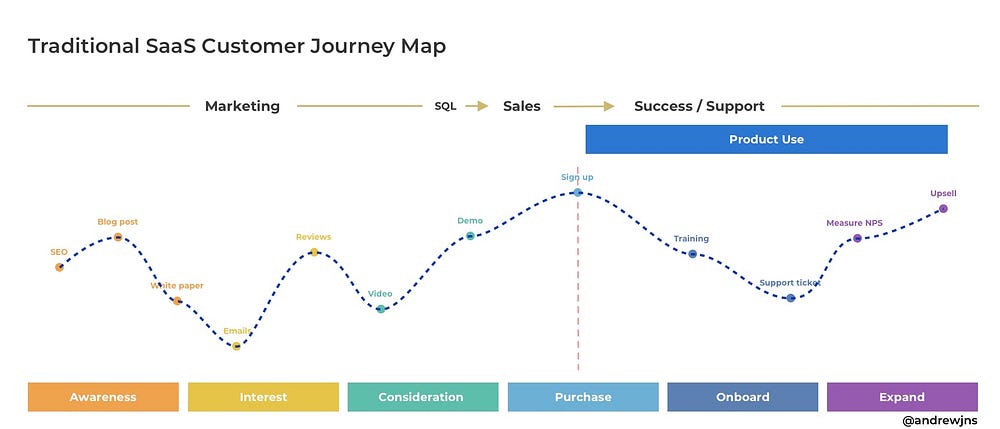
Yet today, more of the customer journey takes place inside the product:

Previously, UX and CX were not particularly aligned
- The CX category — predominantly the domain of marketing, sales, and success — is about understanding and optimizing the customer journey, from pre to post-purchase. Most of that journey used to take place outside of the product, and CX was about seamlessly transitioning between journey touchpoints to increase customer satisfaction.
- UX — the domain of user research, design, and product — is about making the core product valuable, useful, and usable.
Now that more of the customer journey is taking place inside the product, the objectives of CX and UX are, well, mingling.
Part of the reason for this change is simply because there’s no substitute for hands-on experience:
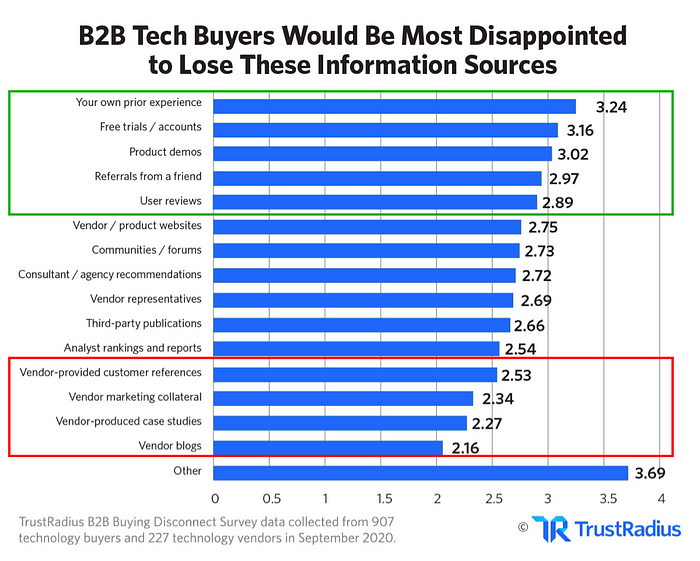
What technologies are fueling this change?
Product Led Growth — where the product itself is the primary driver of customer acquisition, conversion and expansion —is the term that best reflects this industry change. A few months ago, Open View Partners published The Product Led Growth Market Map. It’s a great resource if you’re looking for PLG strategies and the companies employing them (many of which have been doing so long before the term was coined). But one area of the map that feels incomplete is, “Companies That Enable Product Led Growth.”

There are several different technology categories represented in that single section, so I think it makes sense to segment it further.
Market Map: Technology enabling UX and CX
In the product-led customer journey, the product experience has to be compelling enough to lead to conversion, retention, and growth on its own. In order to achieve that, it is necessary to incorporate both UX and CX. From an organizational standpoint, that means marketing, sales, support, and product work more closely together (more customer touchpoints are in-product, after all). From a technology perspective, companies generally must incorporate elements from each of these categories:
- User/customer insight (e.g., analytics, testing, CRO)
- Digital adoption / in-app engagement (e.g., onboarding, walkthroughs)
- Usability/UX research (ensure the core product is valuable, usable, etc.)
- Design & prototyping (develop and test new features)
So a market map of relevant technologies looks like this:
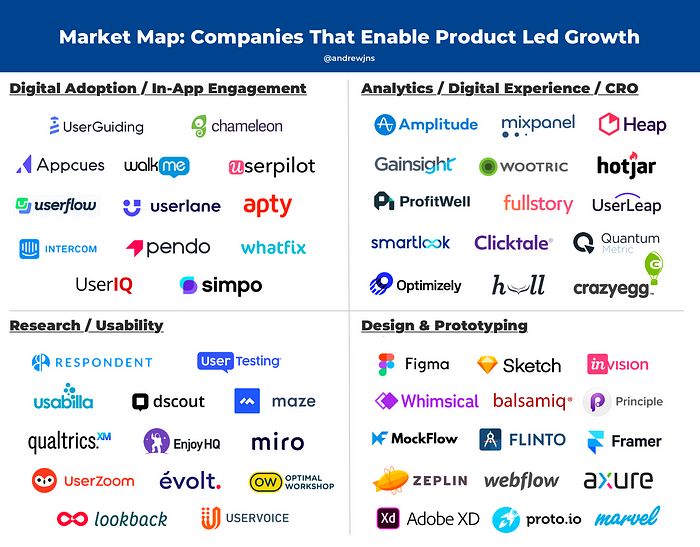
Notes
- There is significant overlap between multiple categories. Research overlaps with analytics, usability overlaps with design, digital adoption overlaps with digital experience and CRO, etc. There will be increased integration and expansion as technology vendors address evolving SaaS customer needs and the market matures.
- Note that the Digital Adoption group most specifically straddles CX and UX, and will increasingly bridge the divide. I expect a lot of growth opportunities to emerge in that category. Already the category name seems limited and likely to change, since most vendors are moving beyond just getting users to adopt a product and to engage them with walkthroughs, resources, support, self-serve up-sell opportunities, etc.
- In the “Analytics / Digital Experience / CRO” section, it’s also important to note that most of the Digital Customer Experience platforms are still focused on the customer journey outside of the product. Yes, they might ask about your satisfaction with the product, but there’s little-to-no integration into the product experience. That is an opening for the Digital Adoption players, which may be generally less mature, but are already in the right place: that is, they are inside the application from the start. Then again, I’d expect at least some CX vendors will move to address the gap.
What do you think? And surely I missed something, so… what’s missing?





